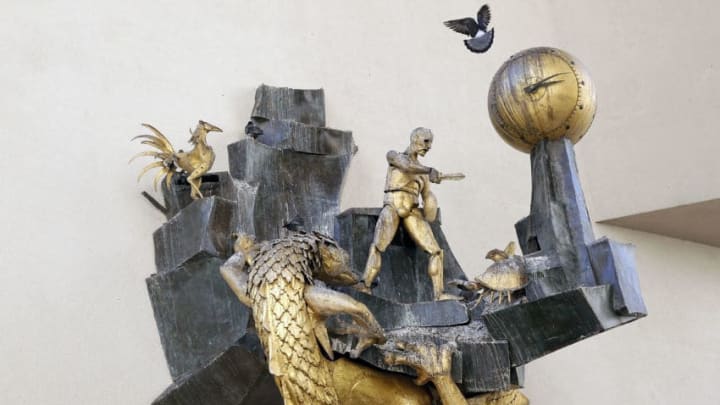Yankees and the length of major league baseball games

What increase game time?
The Yankees and the rest of baseball follow similar patterns and rules that increase the length of play. There are several distinct factors that increase the duration of a game. There are things like mound visits from coaches, players, and managers. We, of course, have warm up time between innings. Always a consideration is the amount of time between pitches. The dance between a hitter and a pitcher during each at-bat. The September obstacle of pitching changes and player substitutions.
We, of course, have warm up time between innings. Always a consideration is the time it takes between pitches. The dance between a hitter and a pitcher during each at-bat. The September obstacle of pitching changes and player substitutions.
Currently, the long-standing rule is if that a manager must remove a pitcher after the second visit, by the coaching staff. That has been in baseball forever. Our coaching staff does the least amount of mound visits.
If they are coming to the mound, it is a stall tactic, to improve a flaw they noticed, a defensive strategy or time to make a pitching and position player change. This practice is a staple of every team in baseball.
The Yankee’s Gary Sanchez has become a master of stopping play with his continuous mound visits, late in games. This is his attempt at making sure the pitcher understand what he wants. Gary seems to believe that momentum is not important, as he works on a player to player schedule.
This sometimes even annoys his coaching staff. It maybe, just a young catcher, experiencing growing pains. Sanchez seems to take pride in wearing out an umpire. By making the umpire take that walk out to the mound to break up his mound visits.
That cat and mouse game between a hitter and a pitcher often turns into an opera. The calling for time. Moving out of the box for the signs or getting ready to hit the next pitch. Backing off the rubber. Shaking off pitches. The delivery, it can include that pause at his stretch, the quick step, that slow, deliberate stride towards home plate. All in all, it’s like a dance. Almost comical to watch sometimes.
The instant replay has caused a definite prolonged game. It takes time to appeal, review and decide. Then of course relay that decision to the teams on the field. That of course, comes after the stall tactic to see if a team wants to appeal the play. Everyone wants to get it right. Except, when it goes against your team. Of course, the more challenges, the longer the game time.
We have the umpires coming out to speed the process along. Should that be restricted to a time limit per visit? Should a number be placed on pitchers allowed per inning? How about the time between pitches?What is a fair punishment if violated? Same could be said for a catcher or any player visiting the mound? Limit the number of visits per inning or game? Who is going to regulate this time?
All of these reasons are direct contributors to the length of a baseball game. We all want to see the best baseball possible. There is an issue that lingers, and these questions still go unanswered.